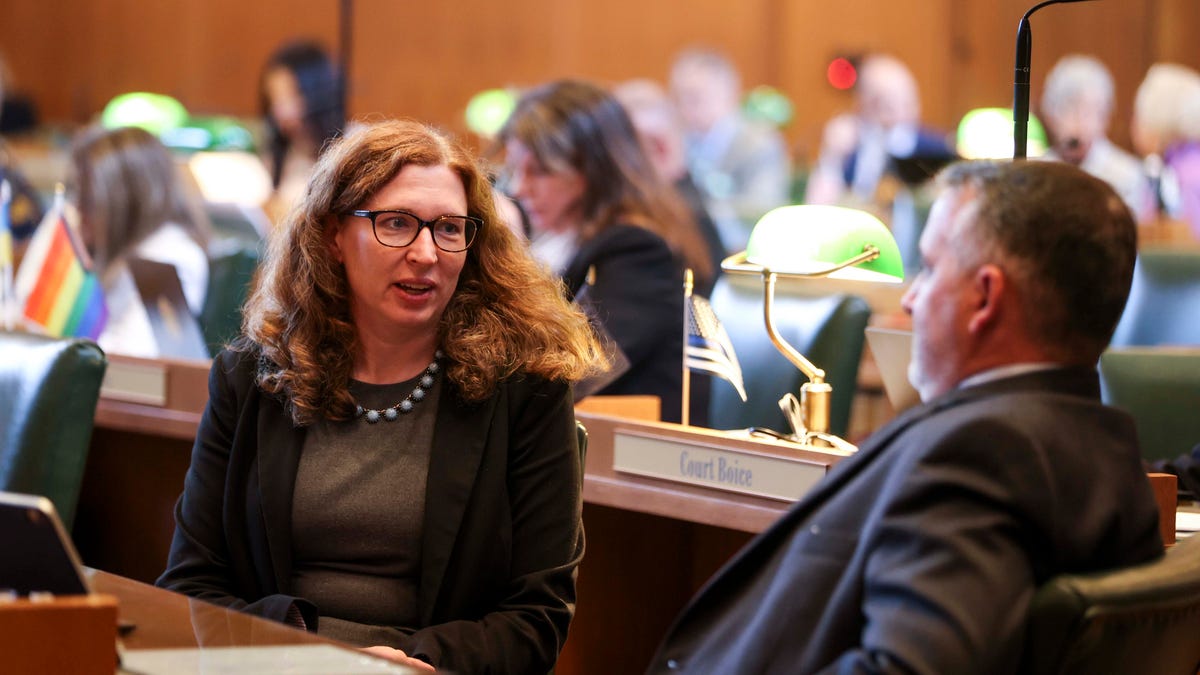Thank goodness this is an election year. Because of that, our betters camped out in Juneau — ever conscious of their new, fat, $84,000 paychecks, plus $307 per diem — are ducking any urge to whisper the words “income tax,” lest the irate hoi polloi show up with torches and pitchforks.
Oh, sure, there is a whisper here, a mutter there, and there are a couple of income tax bills apparently bogged down since last year in the bowels of the swamp, but nothing serious.
Mind you, lawmakers have more than enough to do: education funding; wrangling over energy proposals; firing up the economy; and, trying once again to sort out the whozits, whatzits and howzits of the Permanent Fund and its dividend.
Besides, the bald fact is that an income tax is a lousy idea, just another way to divert your hard-earned dough to the government and bleed money from the public-sector economy. Such levies generally are forever and give legislators a green light to spend. We might as well hand them the keys to the bank. If our elected poohbahs were to stick Alaskans with an income tax this year, they would jack it up next year. They are, after all, a predictably untrustworthy lot.
Over the years, Alaska legislators have shown fiscal recklessness that is the stuff of legends. In a few years, beginning in 2013, our lawmakers siphoned off $16 billion of Alaska’s cash reserves to underwrite their profligate spending. Sixteen billion dollars! Who in their right mind would give these folks a clear shot at your paycheck or Permanent Fund dividend?
Alaska once had such a tax, adopted by Alaska’s Territorial Legislature in 1949. It was set at 10% of a taxpayer’s federal income tax liability — but unsurprisingly, it did what taxes inexorably do; it grew. By 1975, it was changed to a progressive levy, with a top rate of 14.5%.
By 1980, the state found itself hip-deep in North Slope oil cash, and libertarians, who were having their day in Alaska back then, got an income tax repeal on the 1980 ballot. Republicans and Democrats, loathe to allow the interlopers a victory, repealed the tax in September of that year to head off a vote at the polls in November. The taxes-are-forever Left has been crying about the repeal since.
There have been periodic attempts — some of them ugly — to breathe life back into Alaska’s income tax. Then-Gov. Bill Walker proposed a levy in 2015. In 2017, there was a bitter legislative effort spearheaded by a Democrat-led House coalition. The Left waggishly dubbed its proposed income tax the Education Funding Act. It was supposed to milk Alaskans of $600 million.
Some of the state’s wealthiest, most powerful residents and businesses waded in. They threw a blizzard of cash and platoons of consultants into the fray to sway Alaskans and lawmakers to put the income tax back on the books and embrace smaller Permanent Fund dividends to protect their interests — and government contracts. Through it all, Democrats and their allies asserted ordinary Alaskans supported an income tax. A Dittman Research poll at the time for the Alaska Chamber belied that claim. It found 58% of the likely voting poll respondents opposed such a tax.
The effort fizzled in the Senate, and the state remained one of only a few free of such a levy. Not long after the 2017 fight, Gov. Mike Dunleavy took office and almost immediately offered three constitutional amendments: to ensconce the Permanent Fund dividend calculation in the state Constitution; a second to set a spending cap; and, a third to bar new taxes or tax rate increases passed by the Legislature without a vote of the people.
The tax provision would settle the question of whether, at a particular point in time, Alaskans want an income tax. There may come a day when one is necessary. Alaskans, who really cannot always count on their elected representatives to do what is best, should have a direct say in that decision.
It is not all that difficult to see why Dunleavy’s tax amendment has gone nowhere. Losing taxing power to ordinary citizens would take all the fun out of being a lawmaker. Further, legislators who approve their pay boost from $50,400 to $84,000 and increase pay by 20% for top executive branch officials when oil prices are ho-hum, the Permanent Fund Earnings Reserve Account is in trouble and the state’s savings have evaporated are not poster girls and boys for more taxes.
Oh, and the increases came, by the way, after the state salary-setting commission was rejiggered with diddly in the way of public notice. Lawmakers, indeed, may be more than wise this election year to let sleeping dogs lie. But wise, I’m sorry to report, is not always their forte.
Paul Jenkins is a former Associated Press reporter, managing editor of the Anchorage Times, an editor of the Voice of the Times and former editor of the Anchorage Daily Planet.
The views expressed here are the writer’s and are not necessarily endorsed by the Anchorage Daily News, which welcomes a broad range of viewpoints. To submit a piece for consideration, email commentary(at)adn.com. Send submissions shorter than 200 words to letters@adn.com or click here to submit via any web browser. Read our full guidelines for letters and commentaries here.

:quality(70)/cloudfront-us-east-1.images.arcpublishing.com/adn/23I5V5YVDFAXXPJS4CVUSEUGTY.JPG)

























